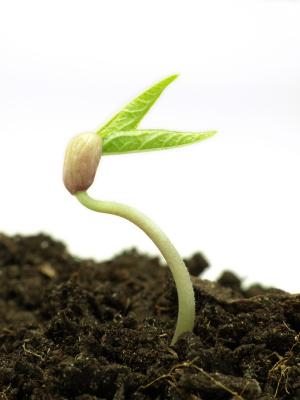
Caffeine and Plant Growth
Medium

Have you ever wondered if caffeine can help plants grow faster? Let's find out by watering mung beans with water, caffeine solution, and coffee mixture and measuring the growth!
Hypothesis
The hypothesis is that the mung beans watered using the coffee mixture will grow the fastest.
Method & Materials
You will fill 3 pots with soil, plant 10 mung beans in each pot, and water the pots with tap water, caffeine solution, and coffee mixture.
You will need 1 packet of mung beans, 3 gardening pots, soil, gardening utensils, tap water, caffeine tablets, coffee powder, 2 beakers, 1 measuring cylinder, 1 digital weighing scale, and 1 black marker.
Results
The results show that the mung bean plants grew faster when they were watered using the coffee mixture, but the growth was slower when the plants were watered using the caffeine solution. This stands out as an observation.
Why do this project?
This science project is interesting because it explores the effect of caffeine on plant growth, which is a subject that has been studied for quite some time.
Also Consider
Consider repeating the science fair project by using different types of seeds like corn or soy beans, or by using pop soda or tea leaves.
Full project details
You can find additional information and details for this science fair project here. Have fun exploring!Related videos
Hey there! Here are some awesome videos about this science project that we think you'll really like. They're not only super fun, but they'll also help you learn more about the science behind the project. So sit back, relax, and get ready to have some fun!!
Share this Science Project:
Related Science Fair Project Ideas
Can sea water help or hurt bamboo plants? Find out in this experiment!
Medium
Do you want to know how different cooking methods affect the Vitamin C content in vegetables? Join us in this experiment to find out!
Medium
Do earthworms help plants grow faster? Find out in this science project!
Medium
Share this Science Project:
